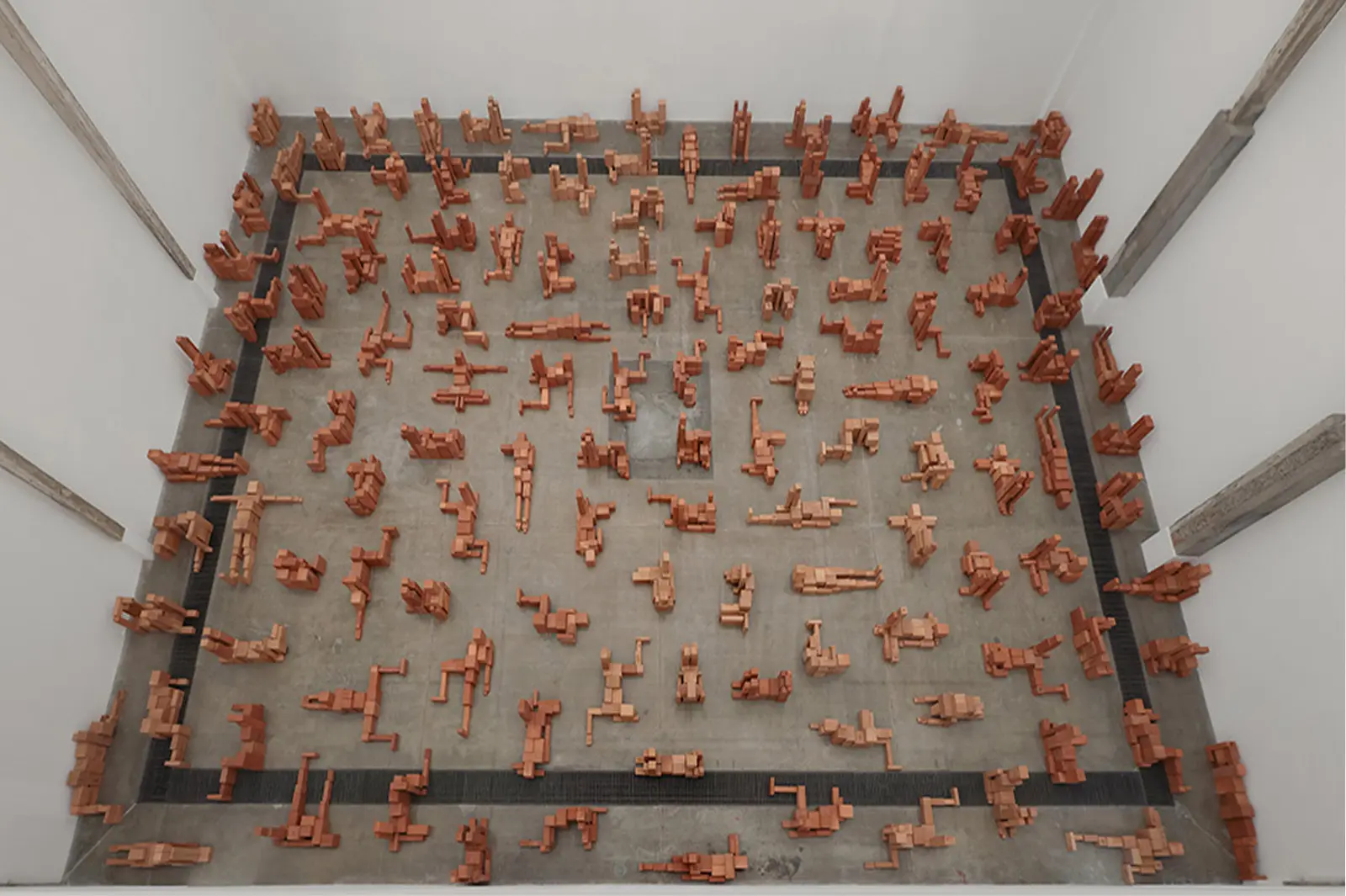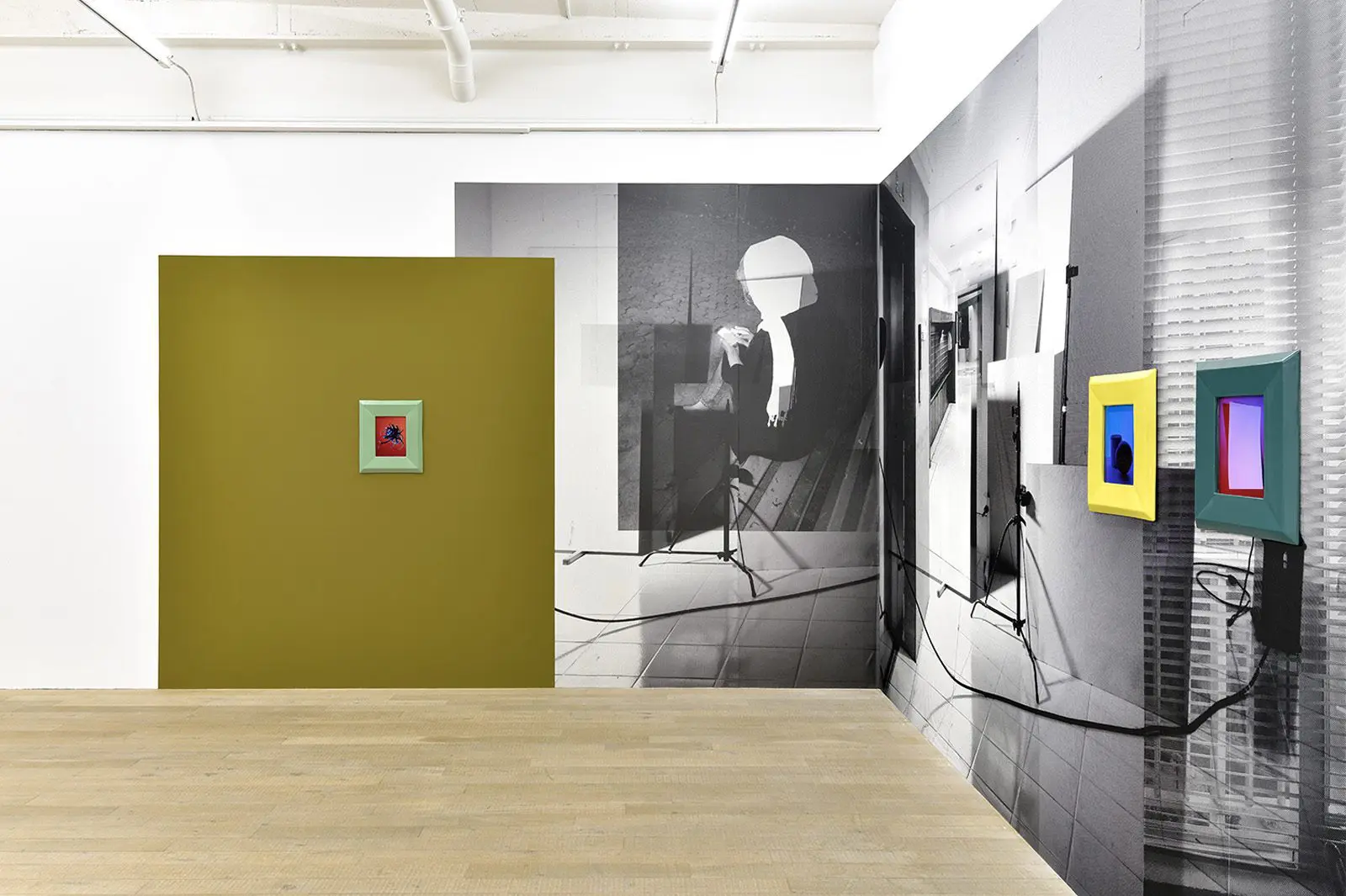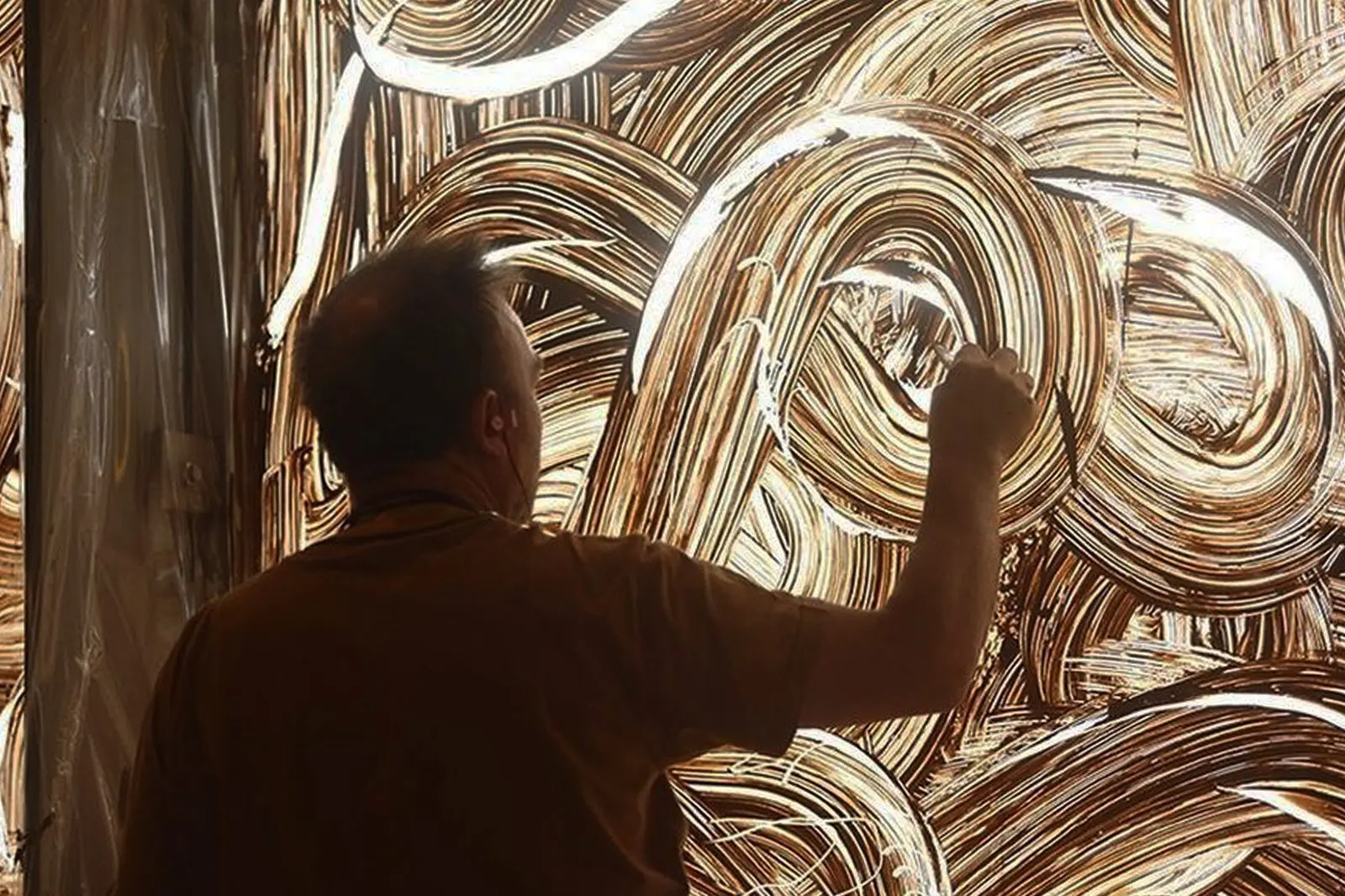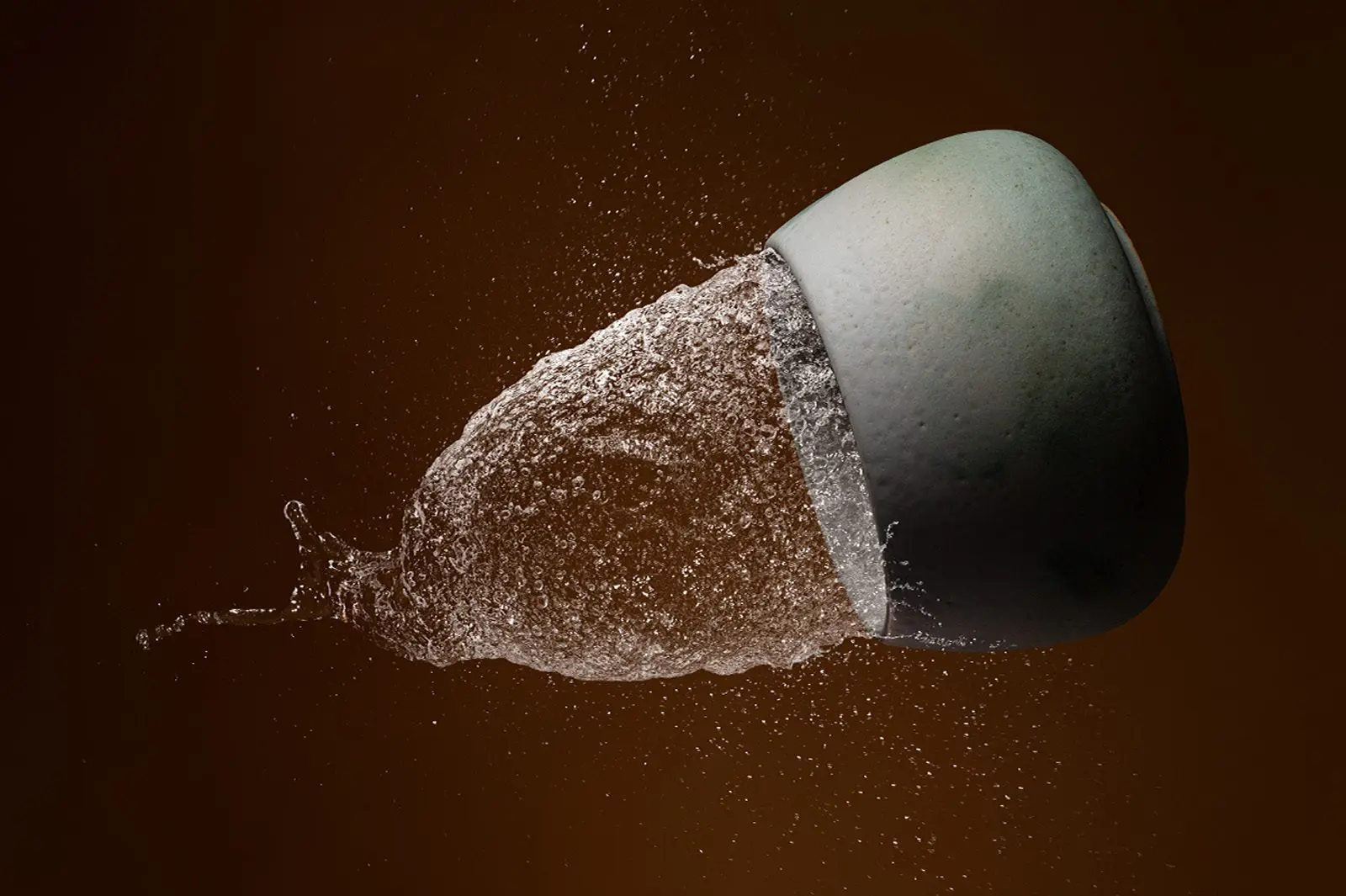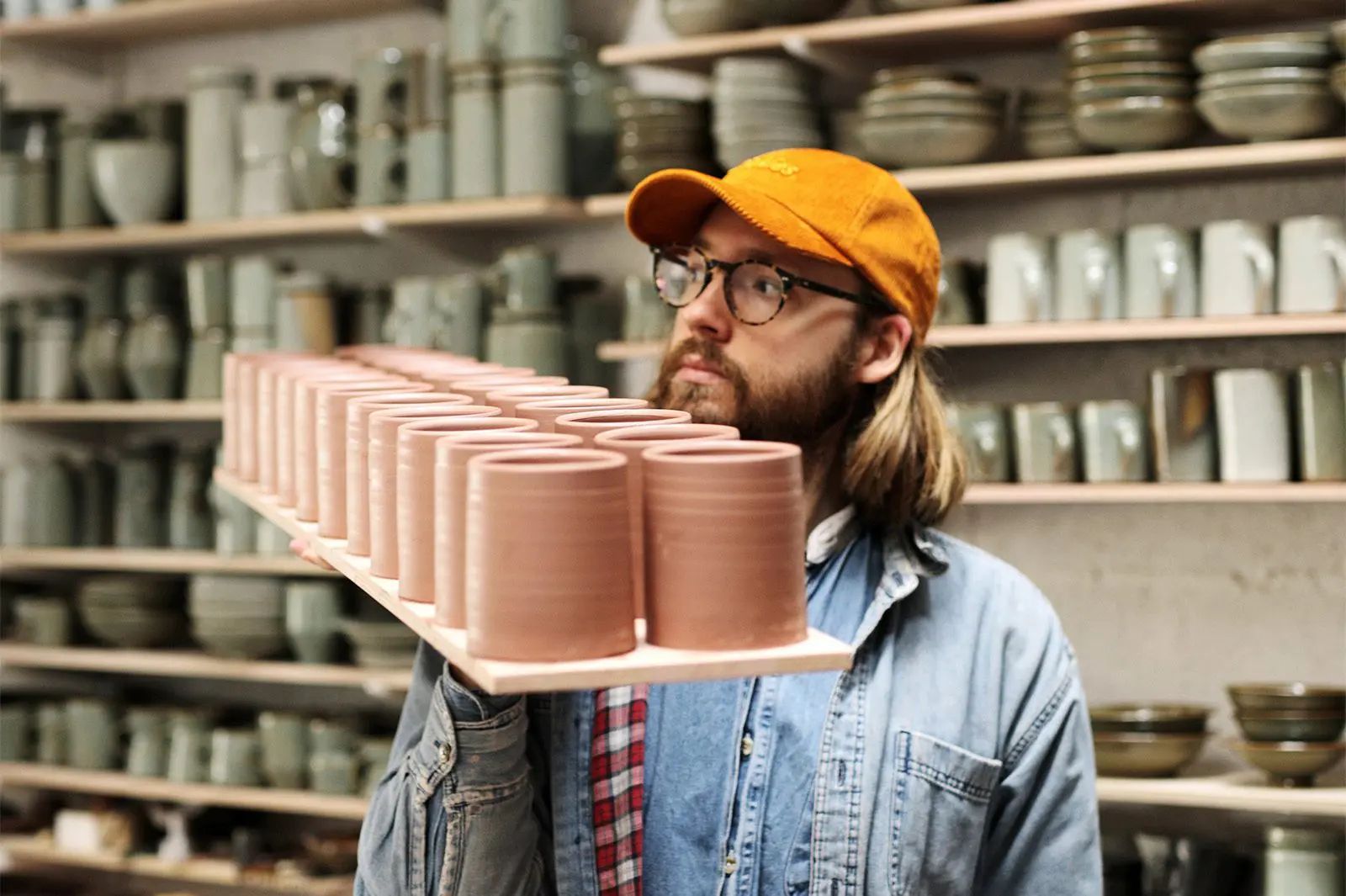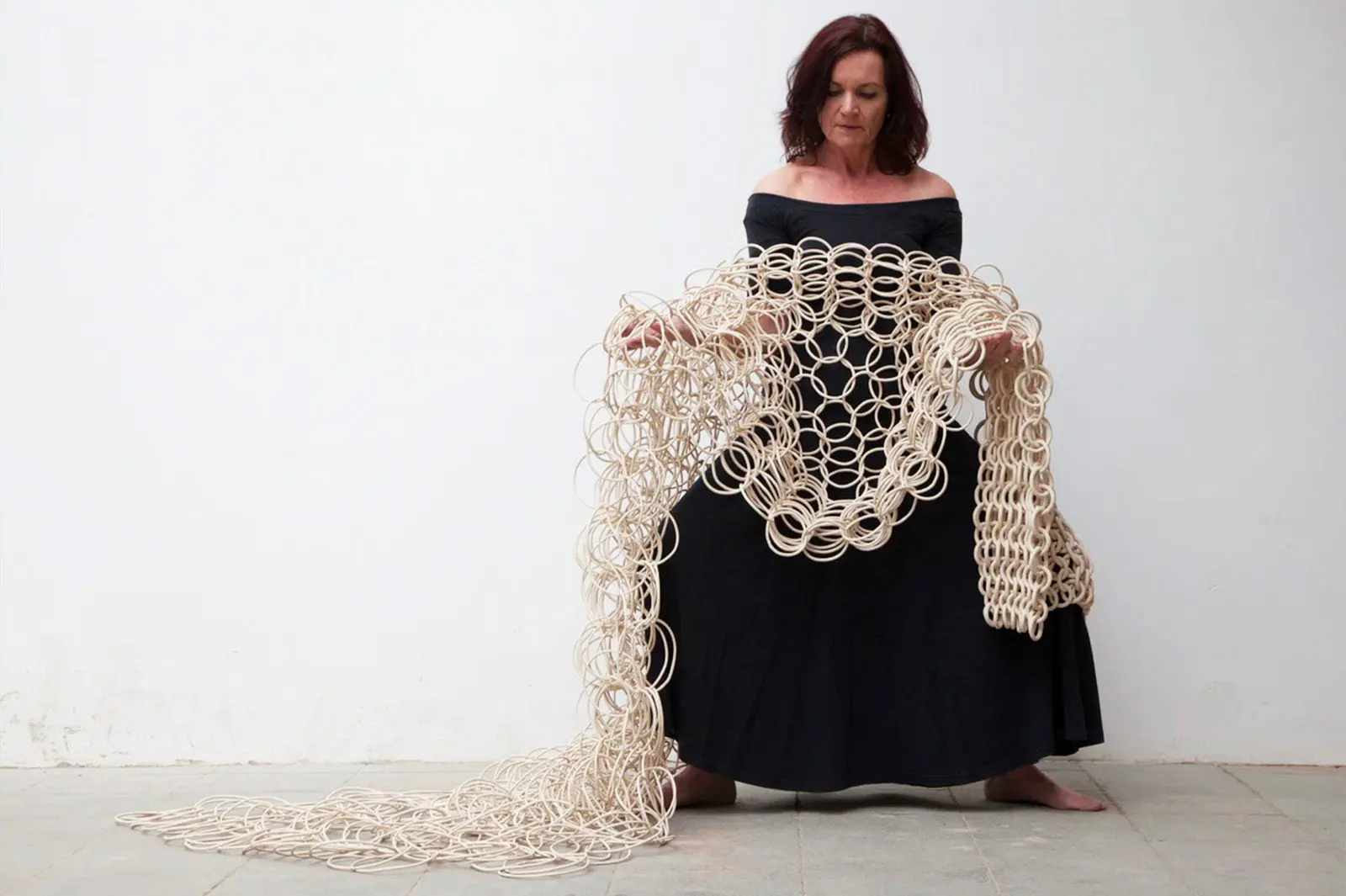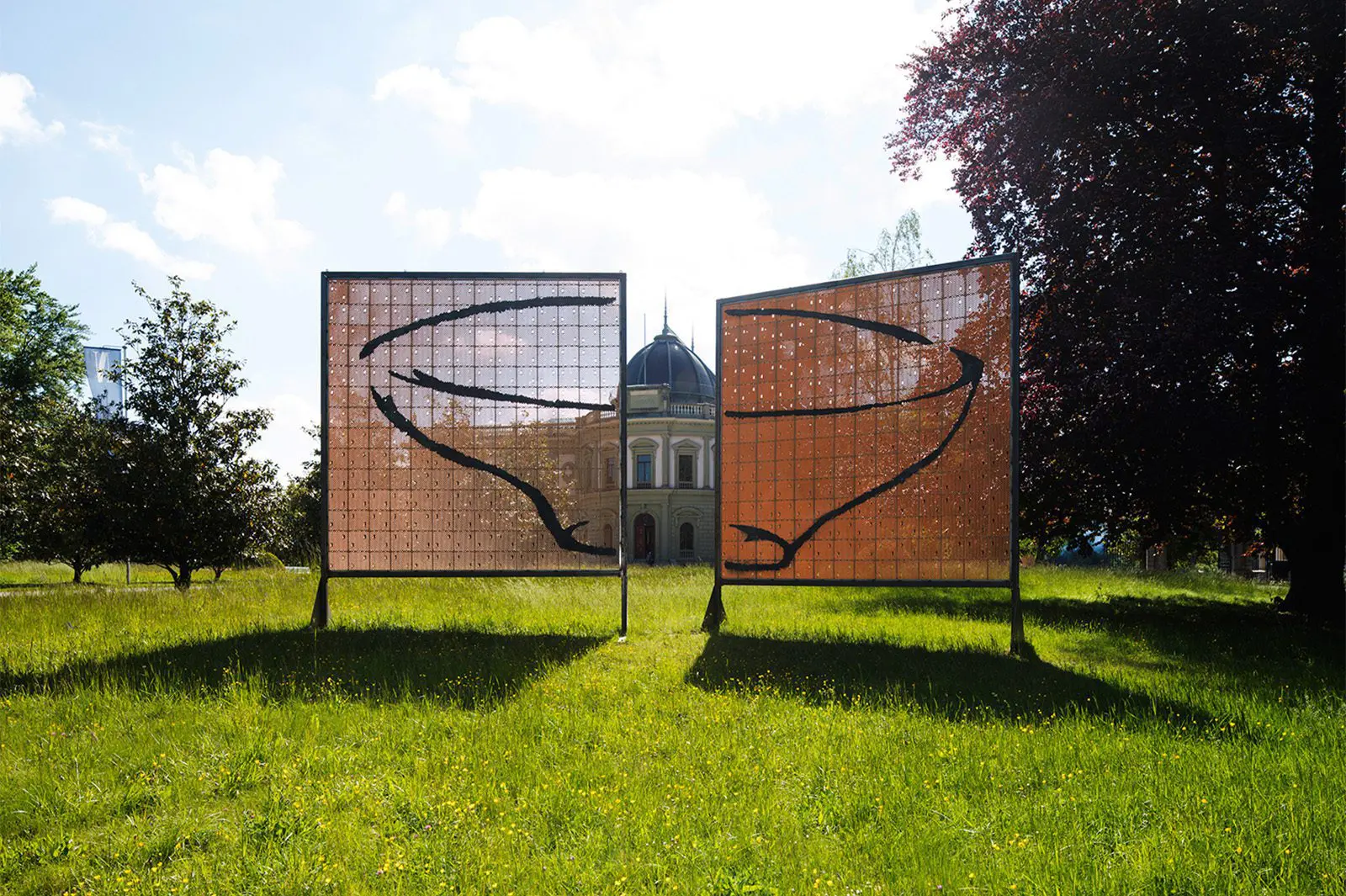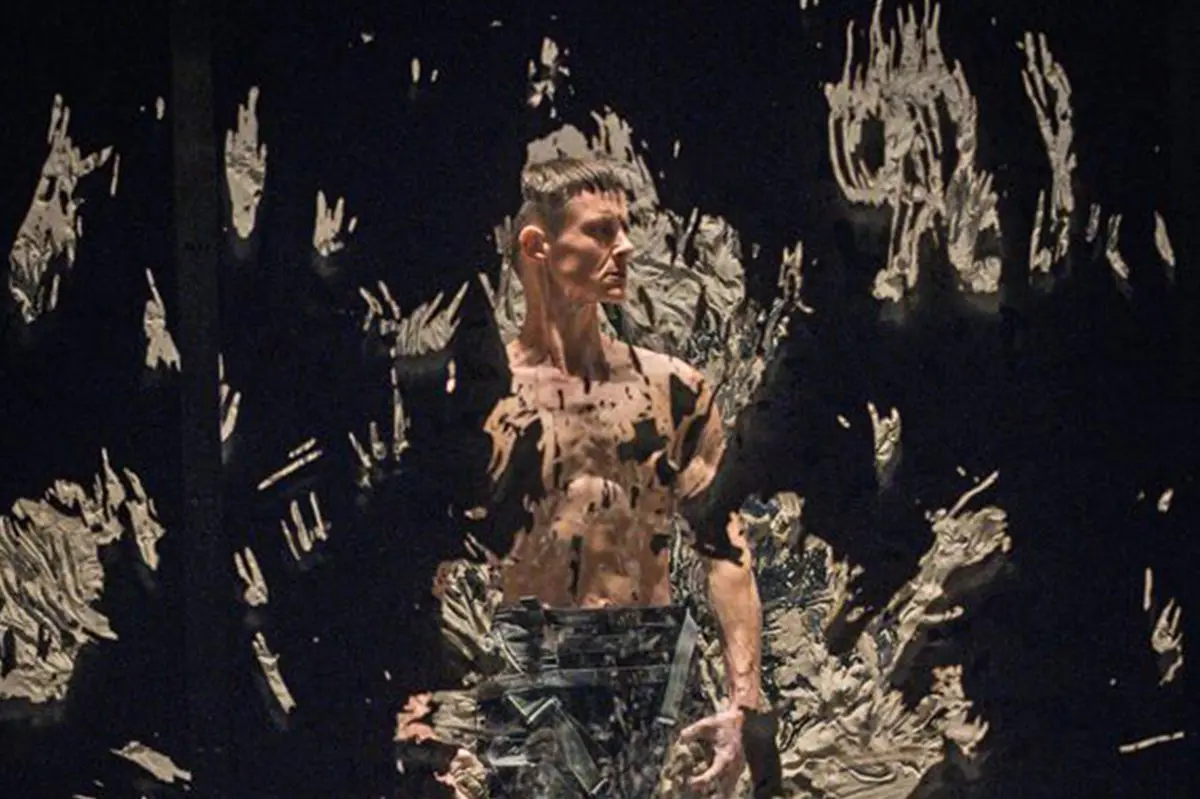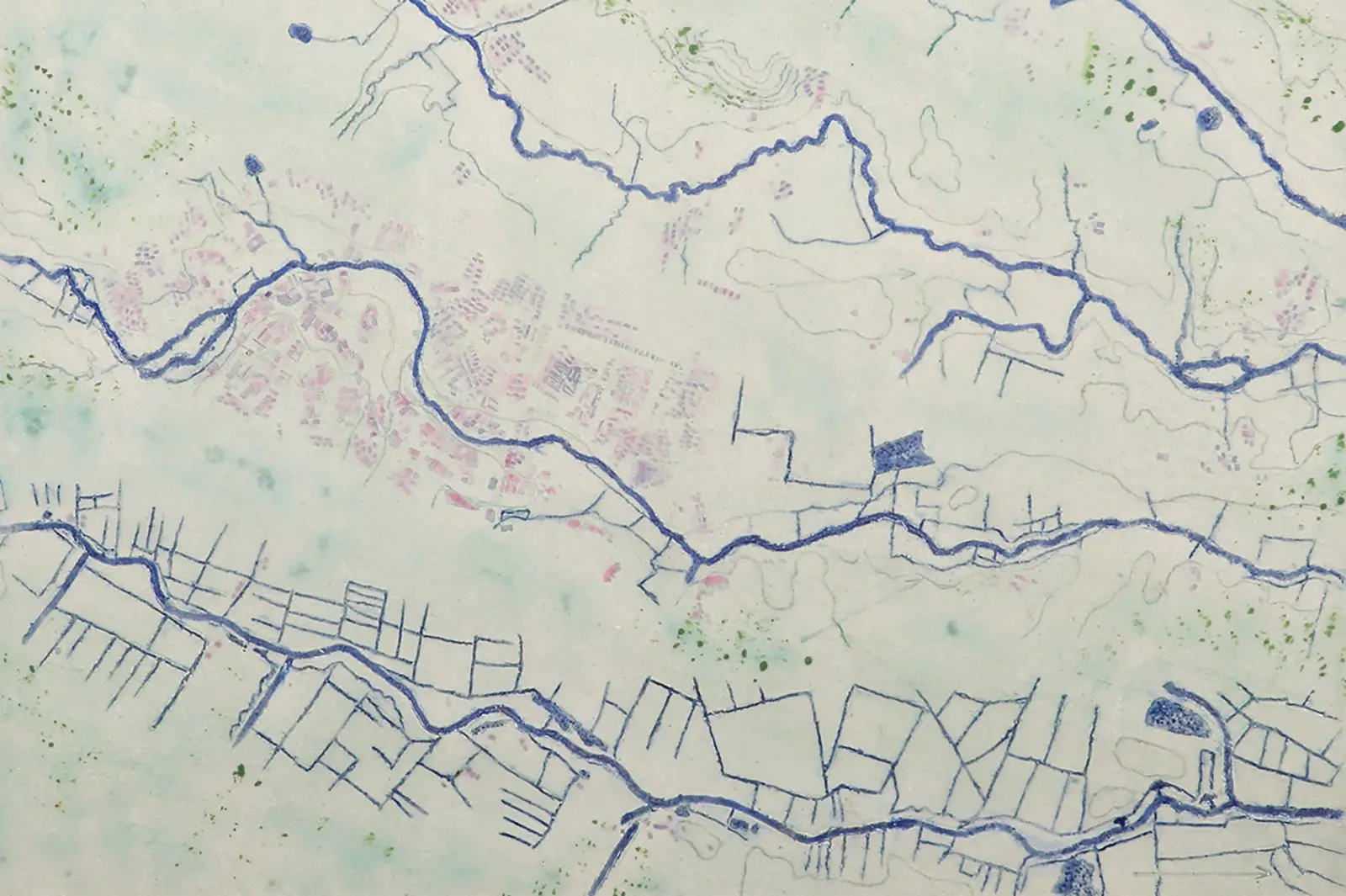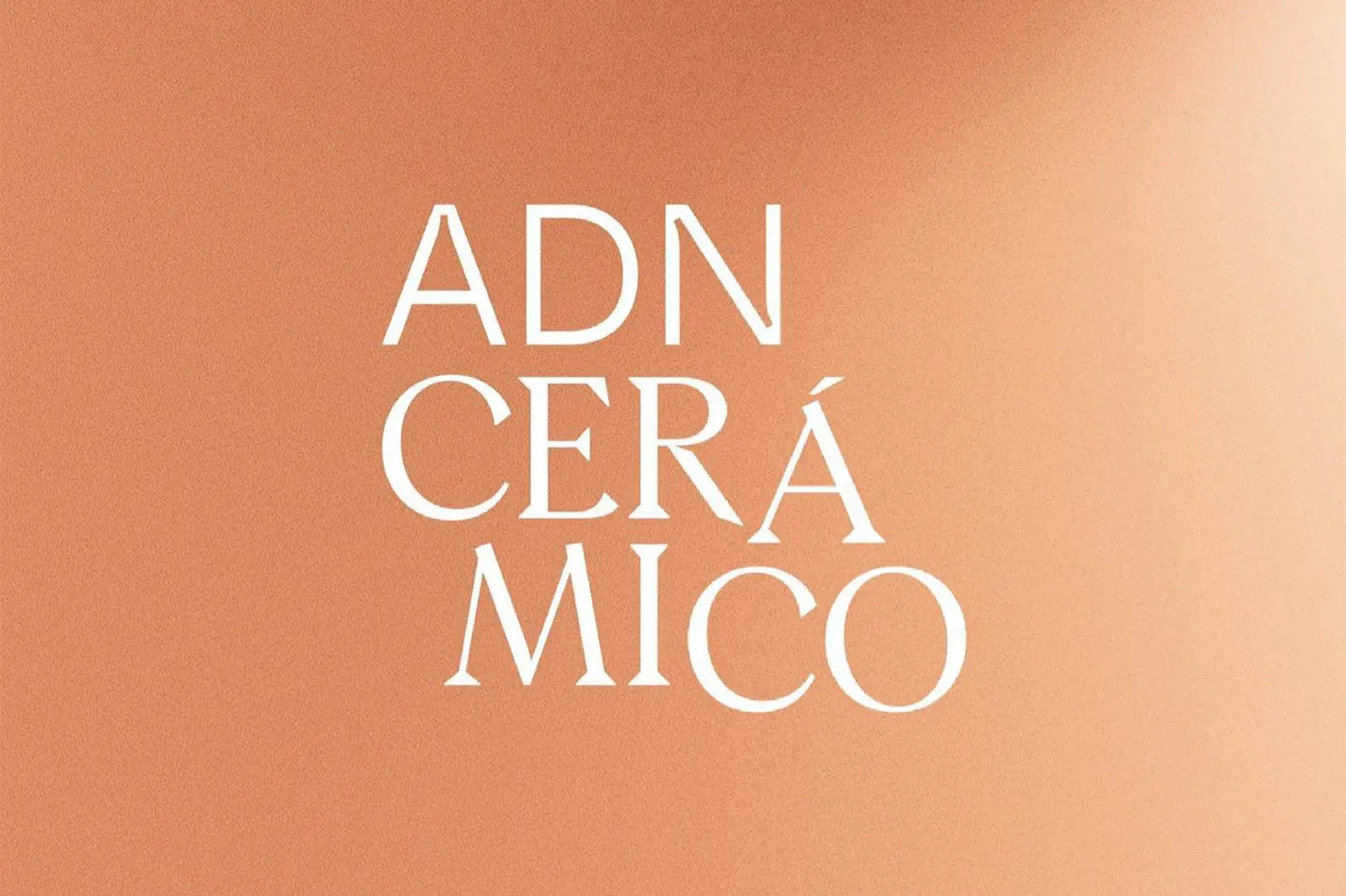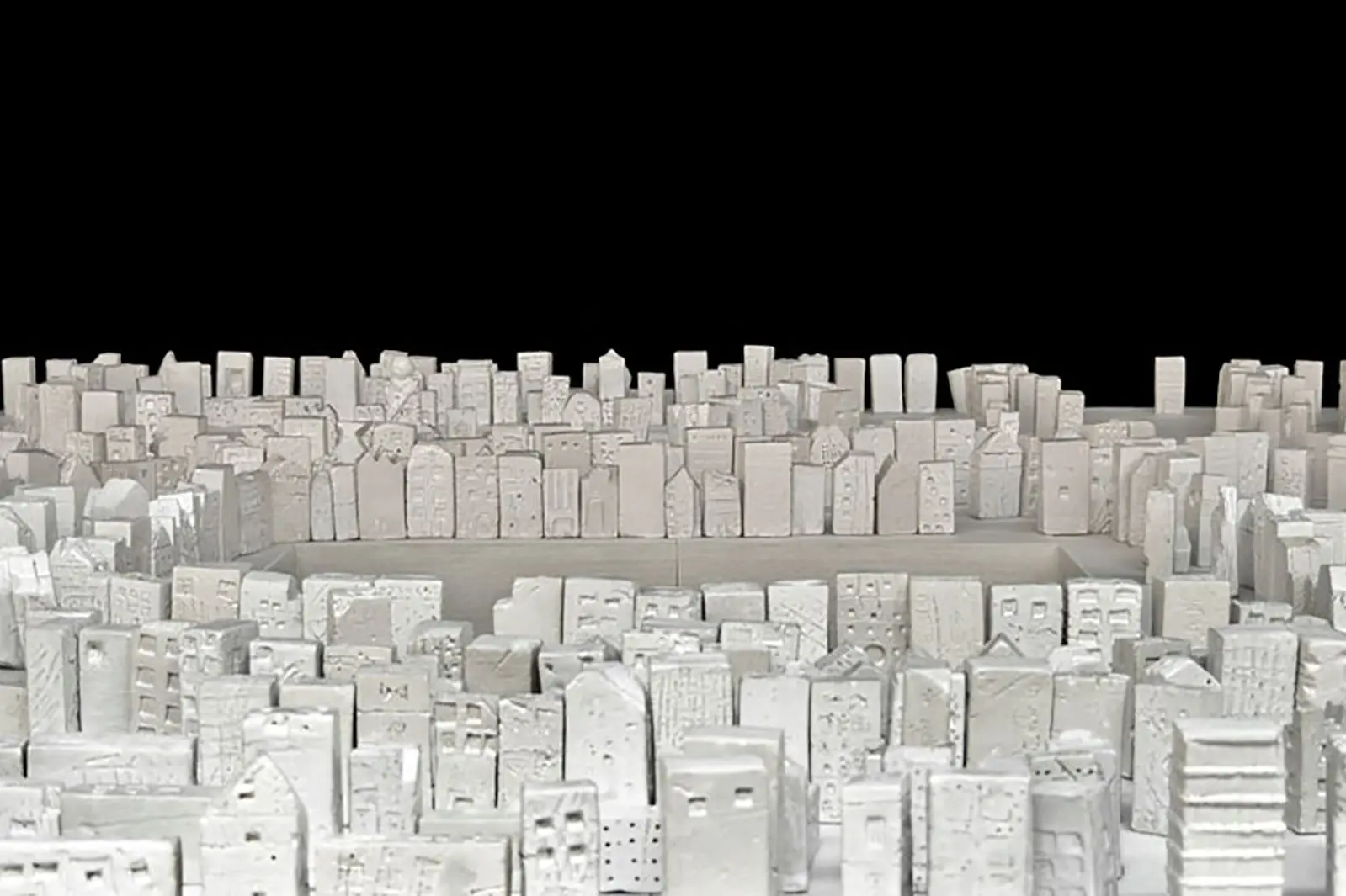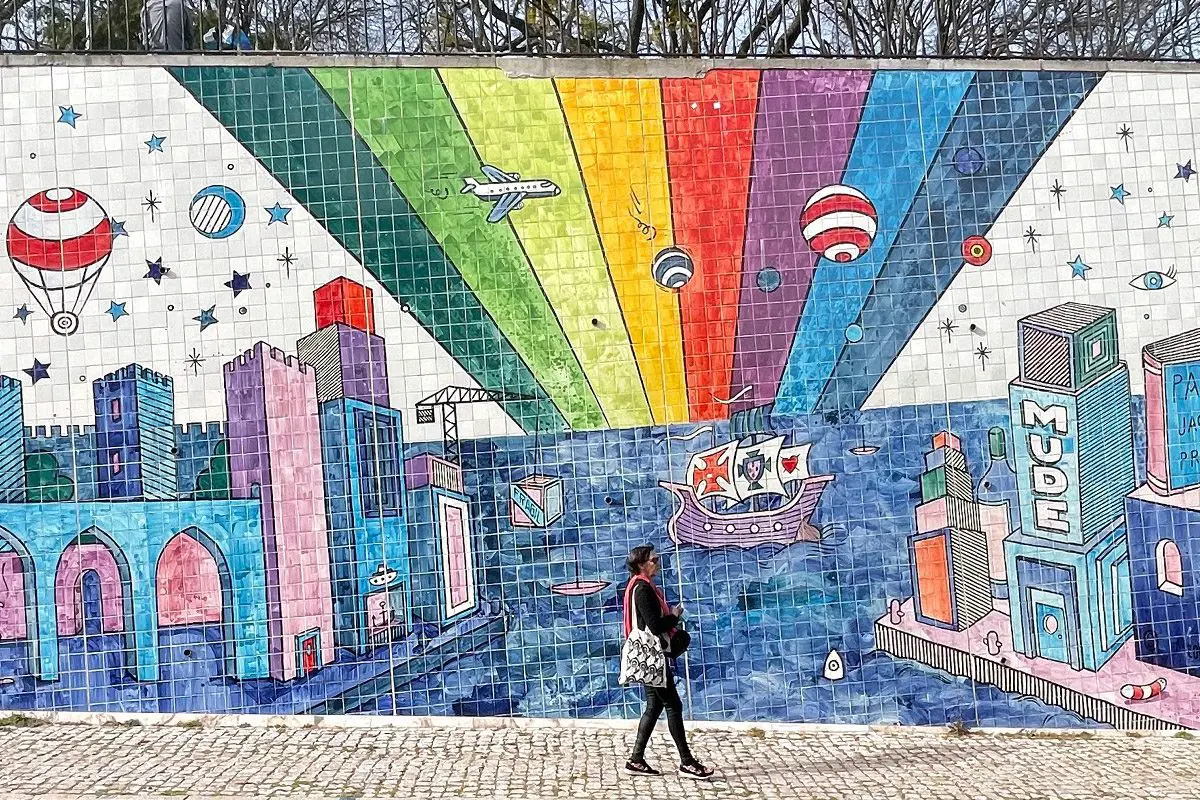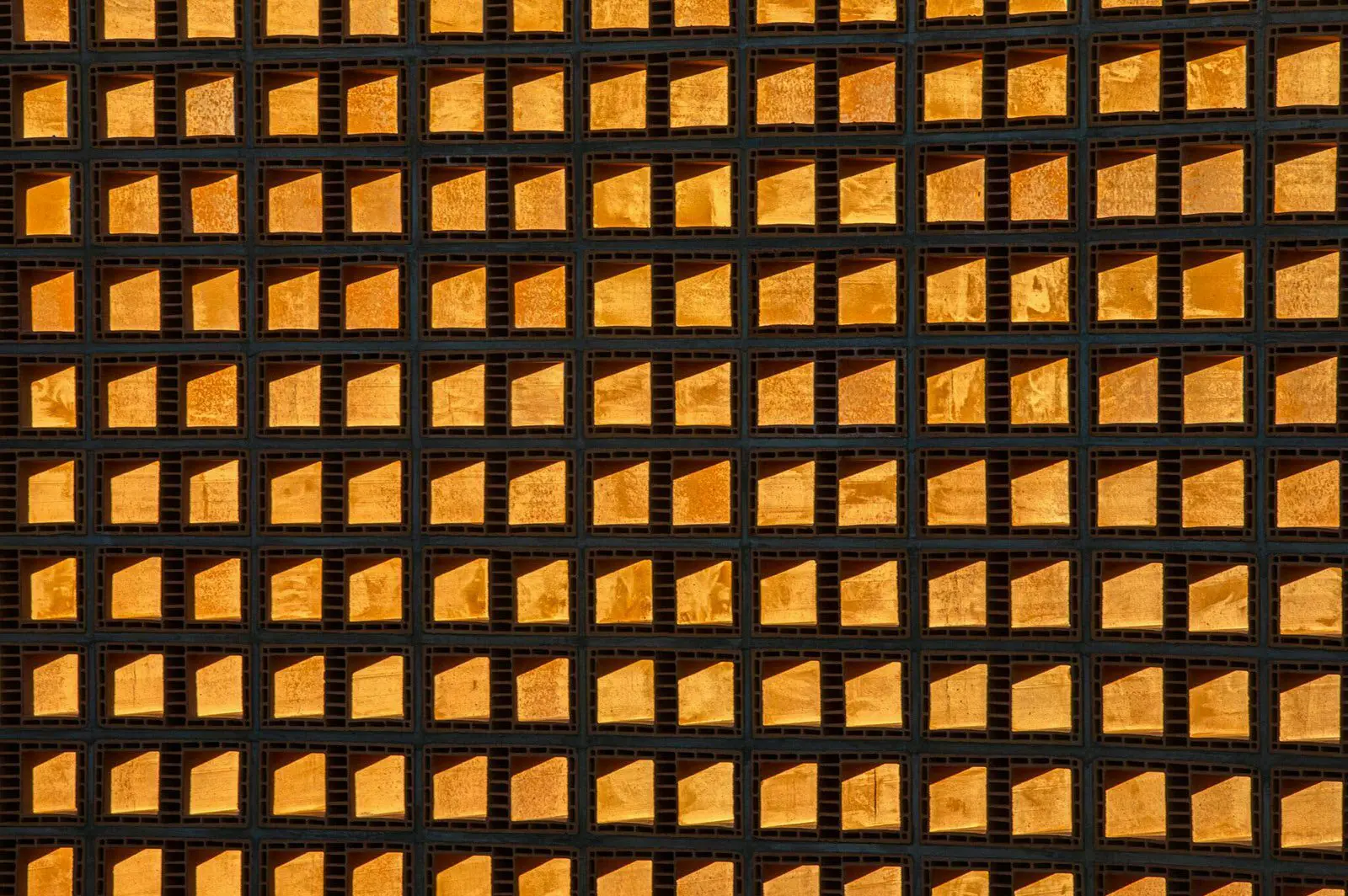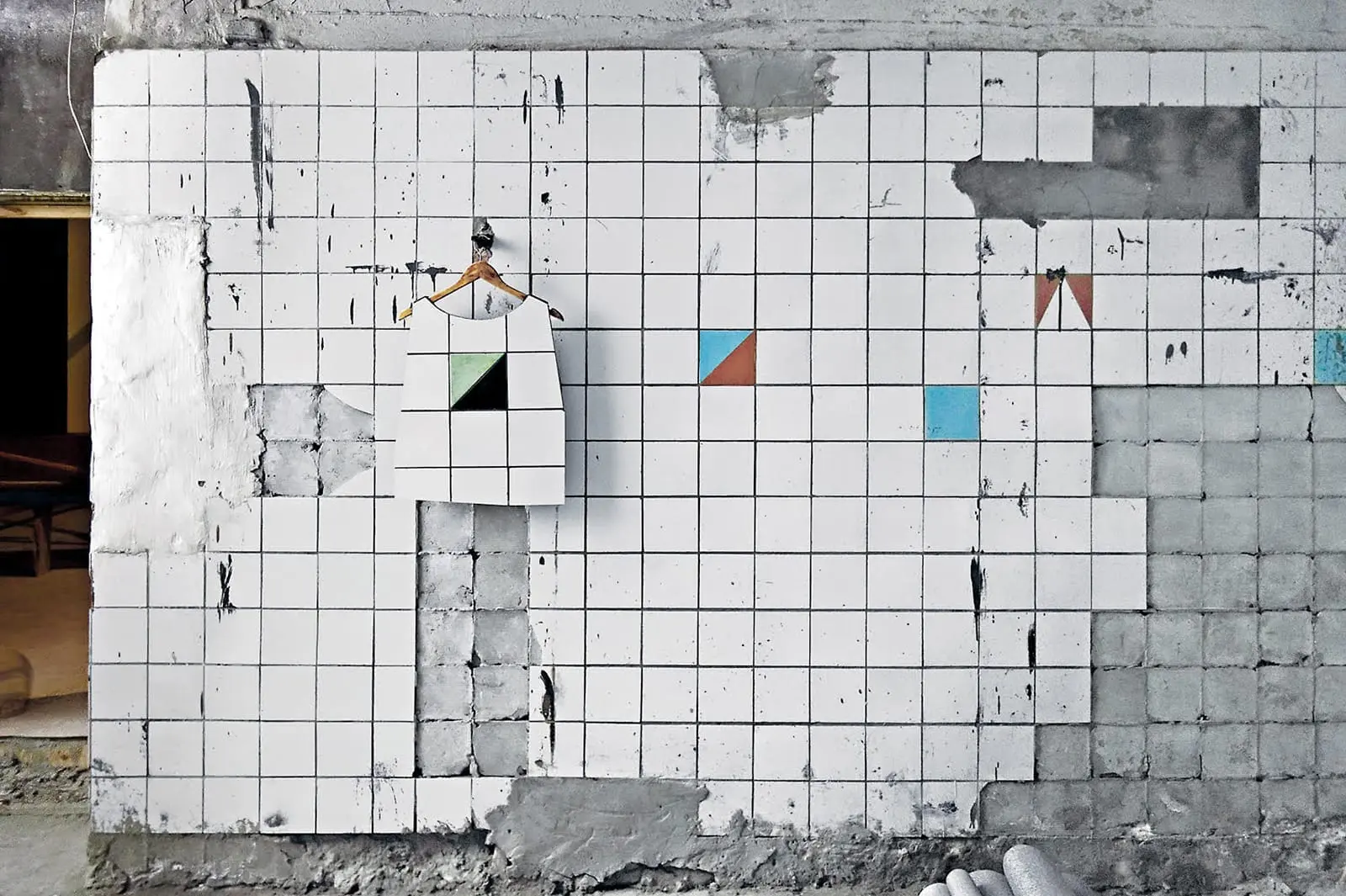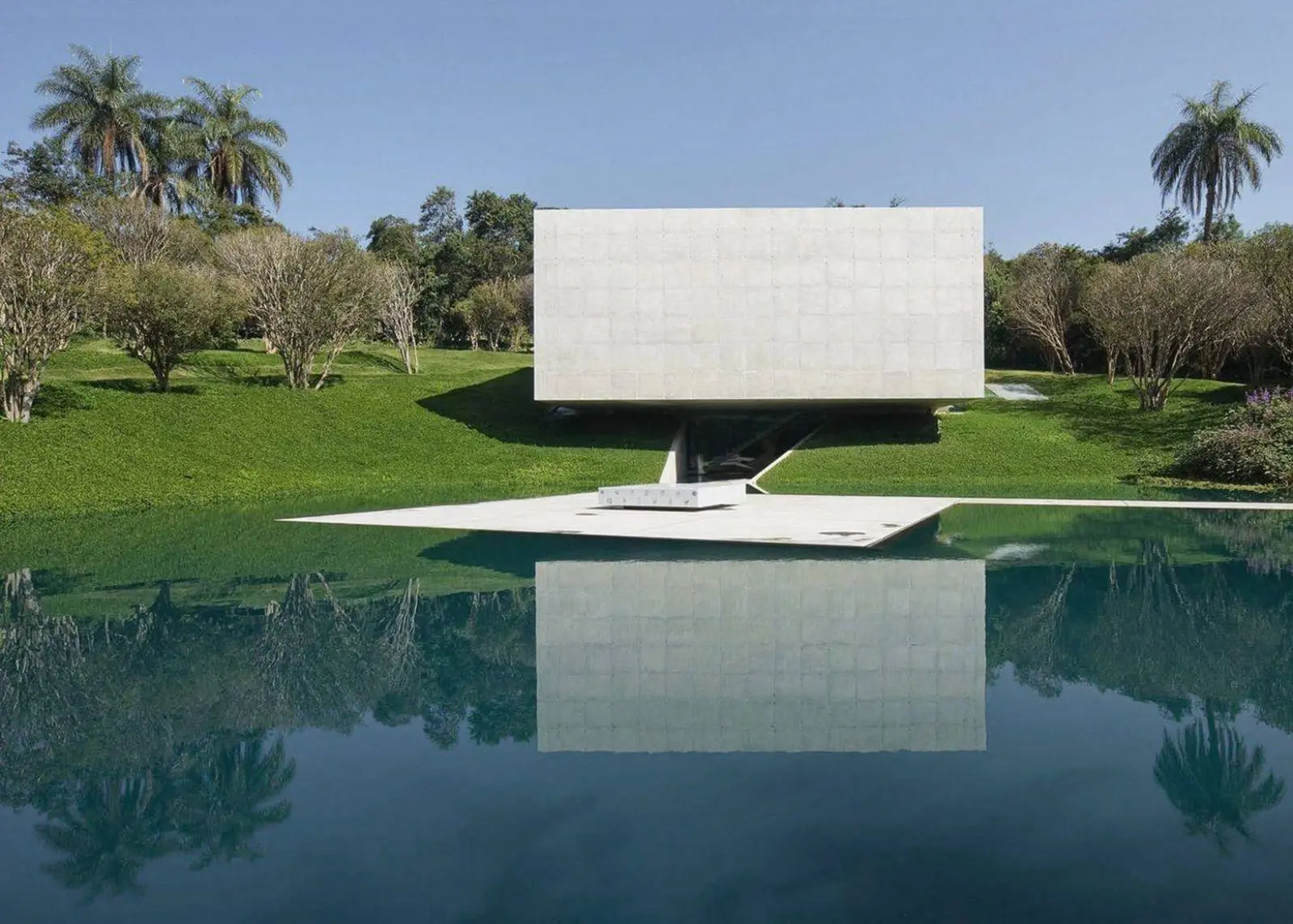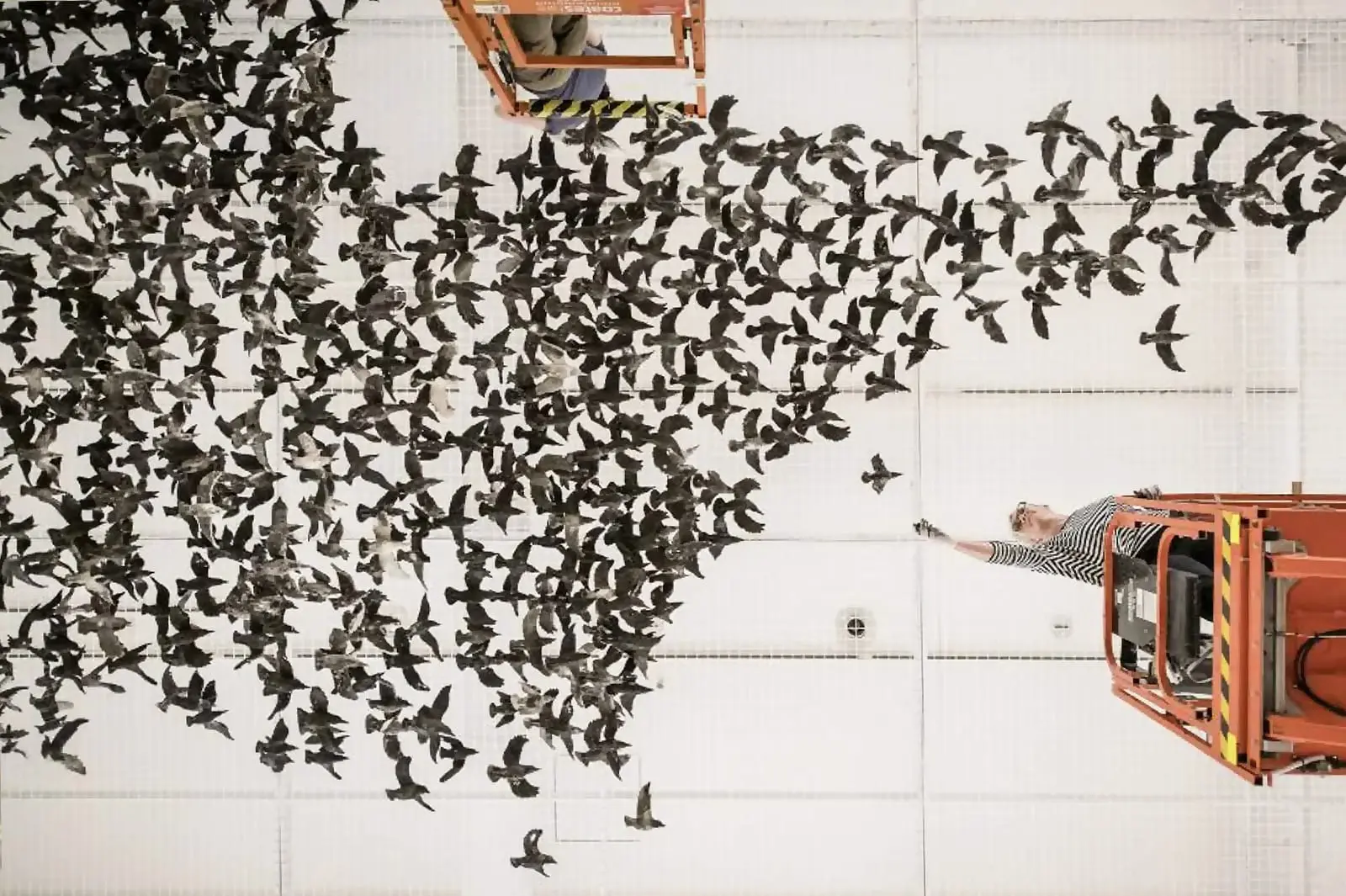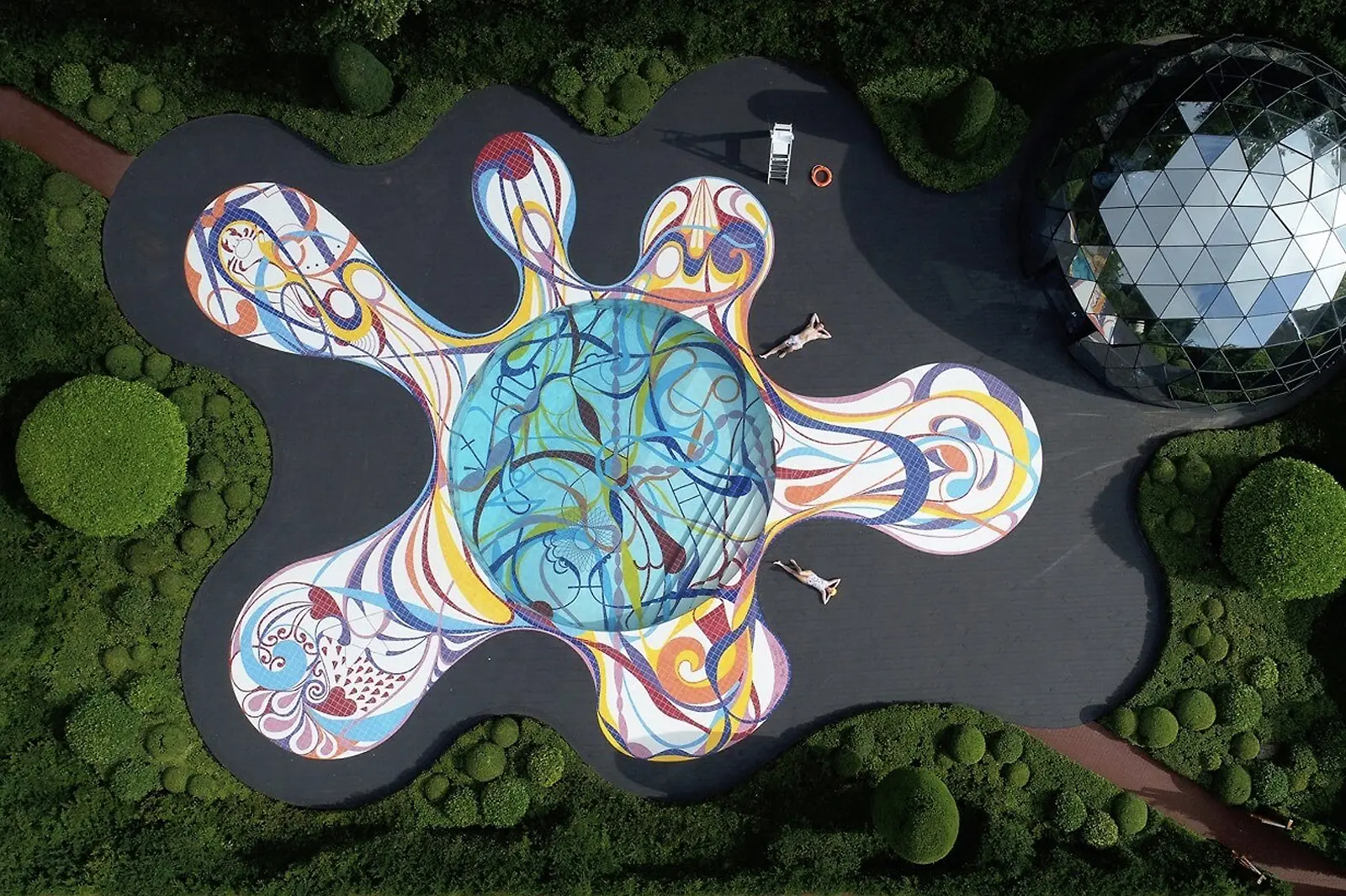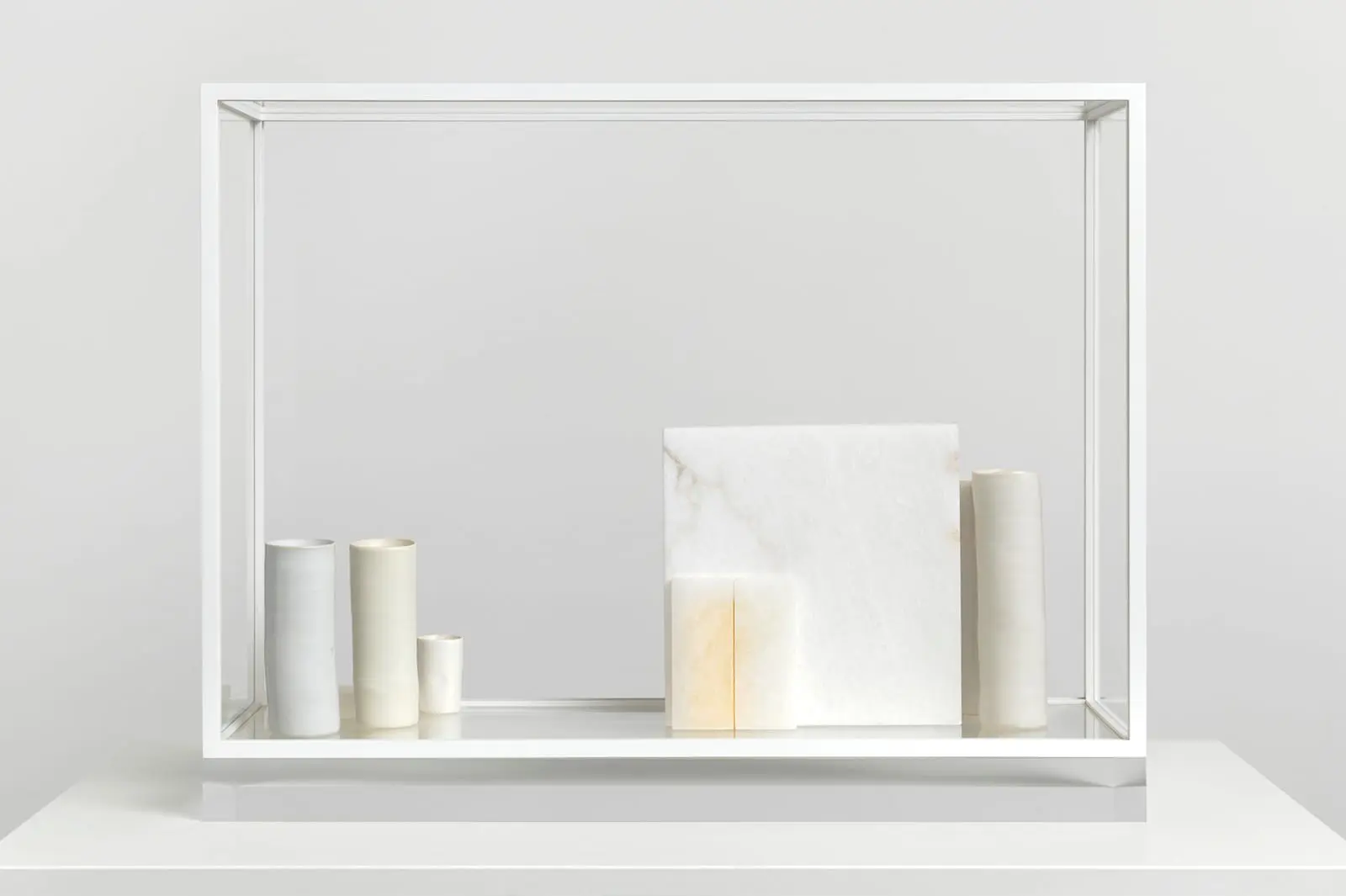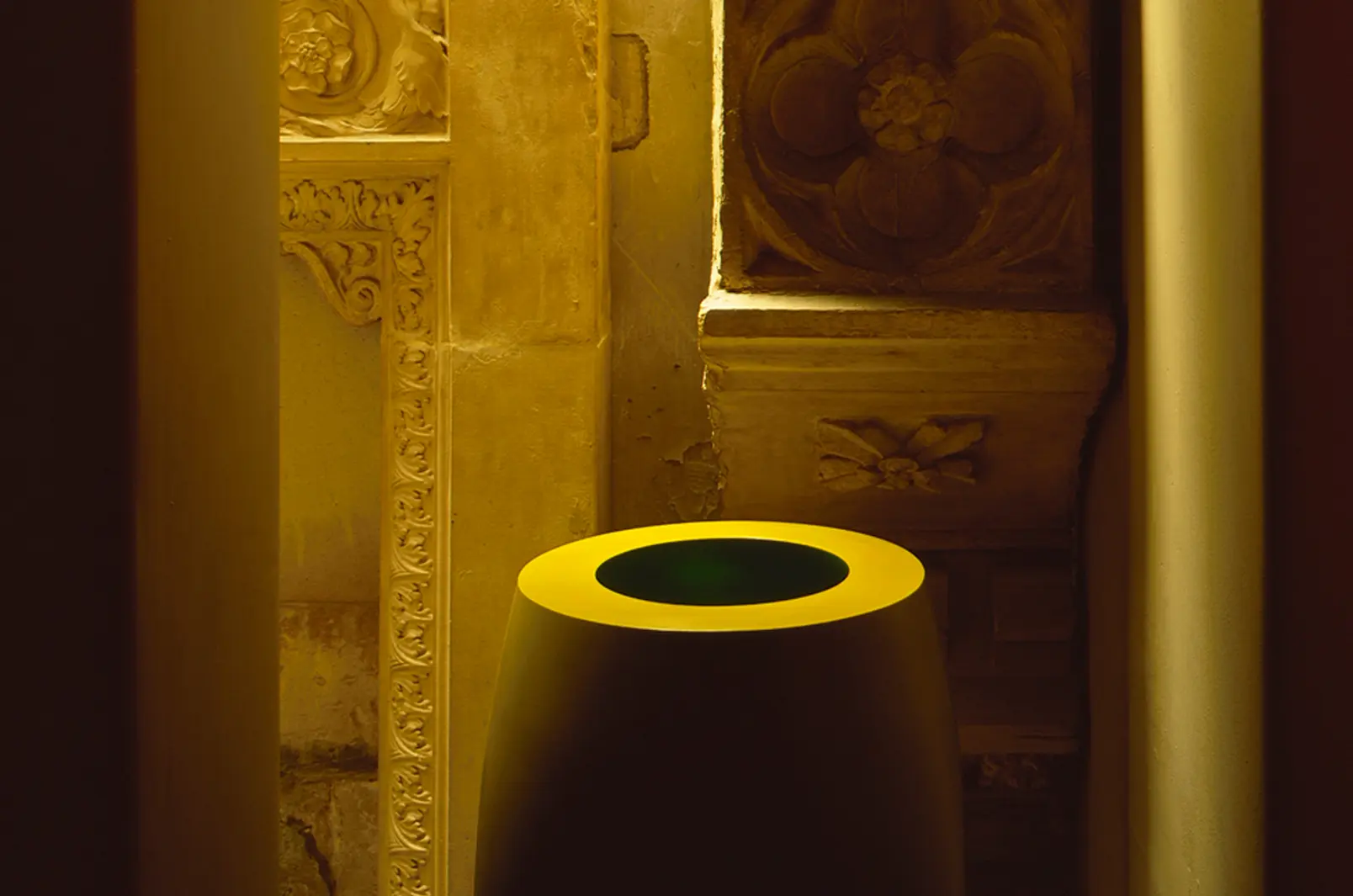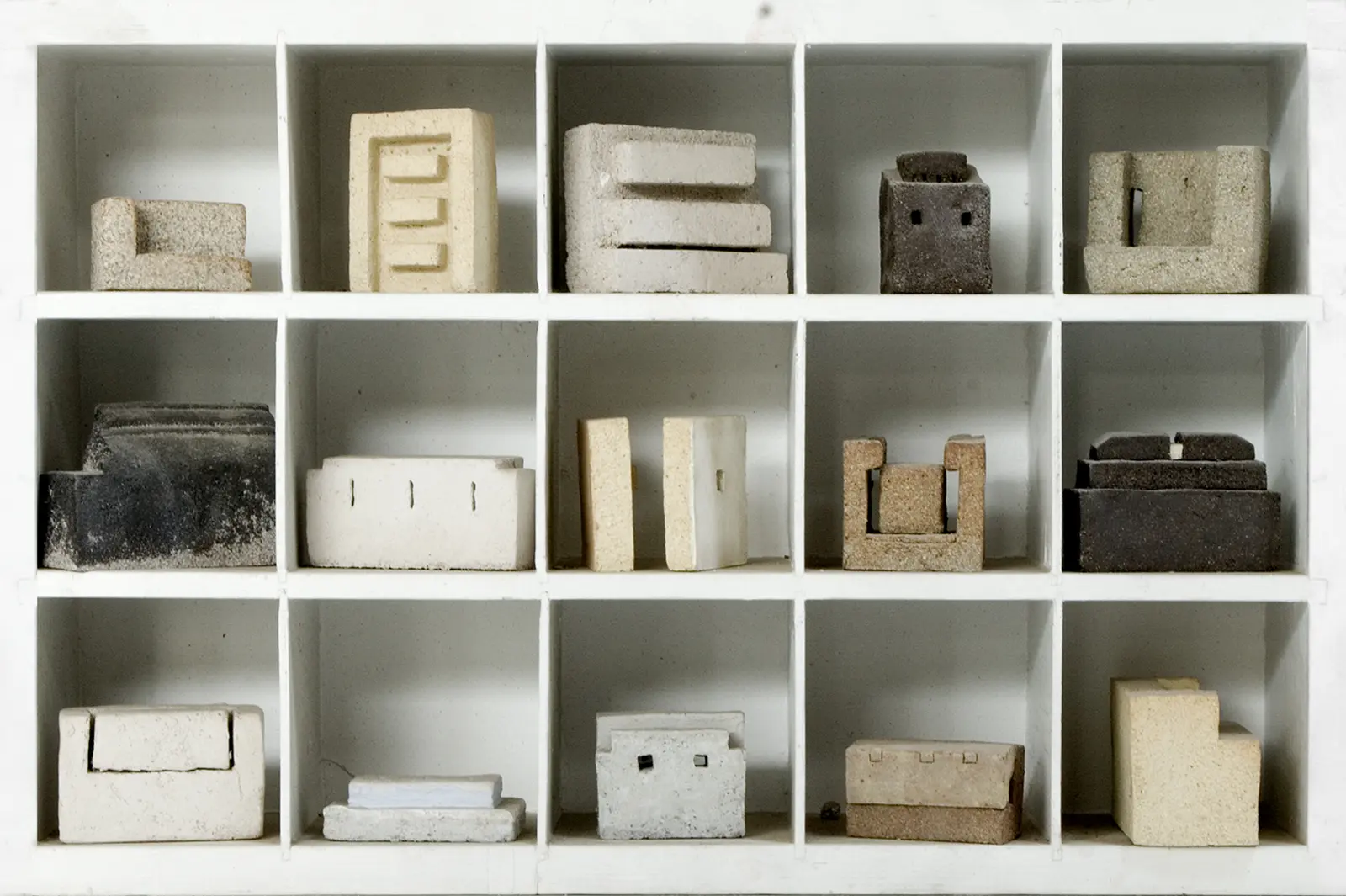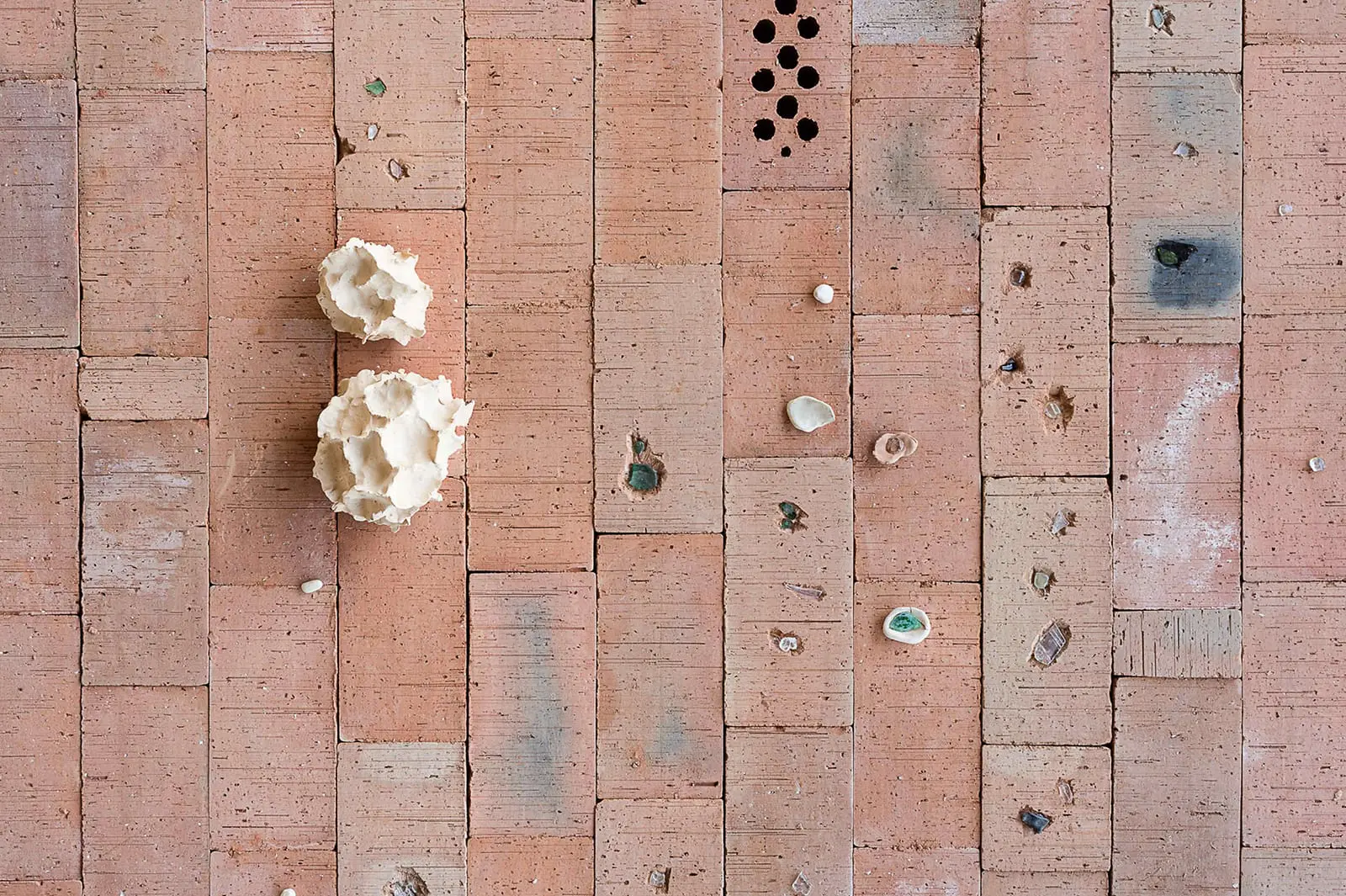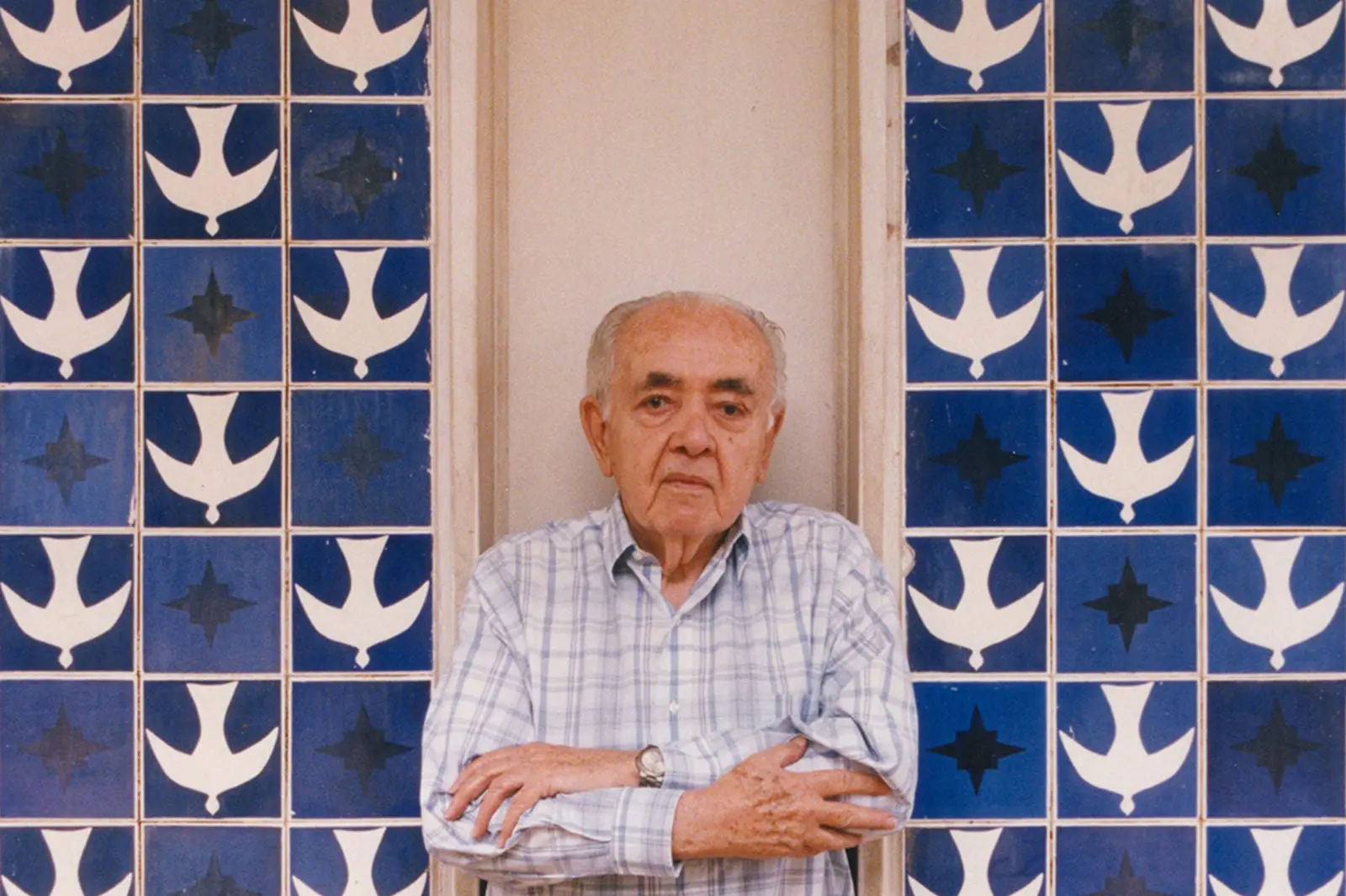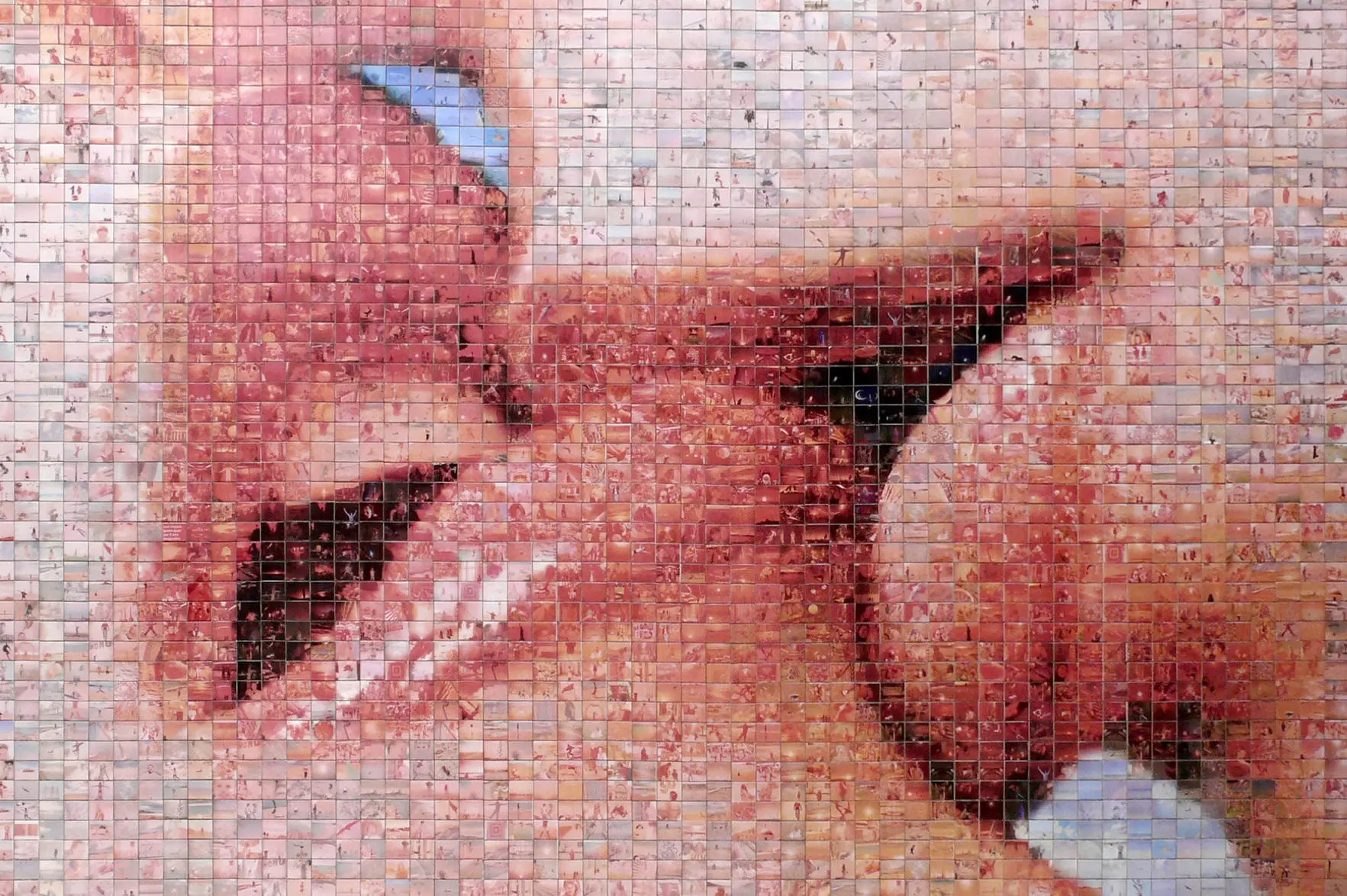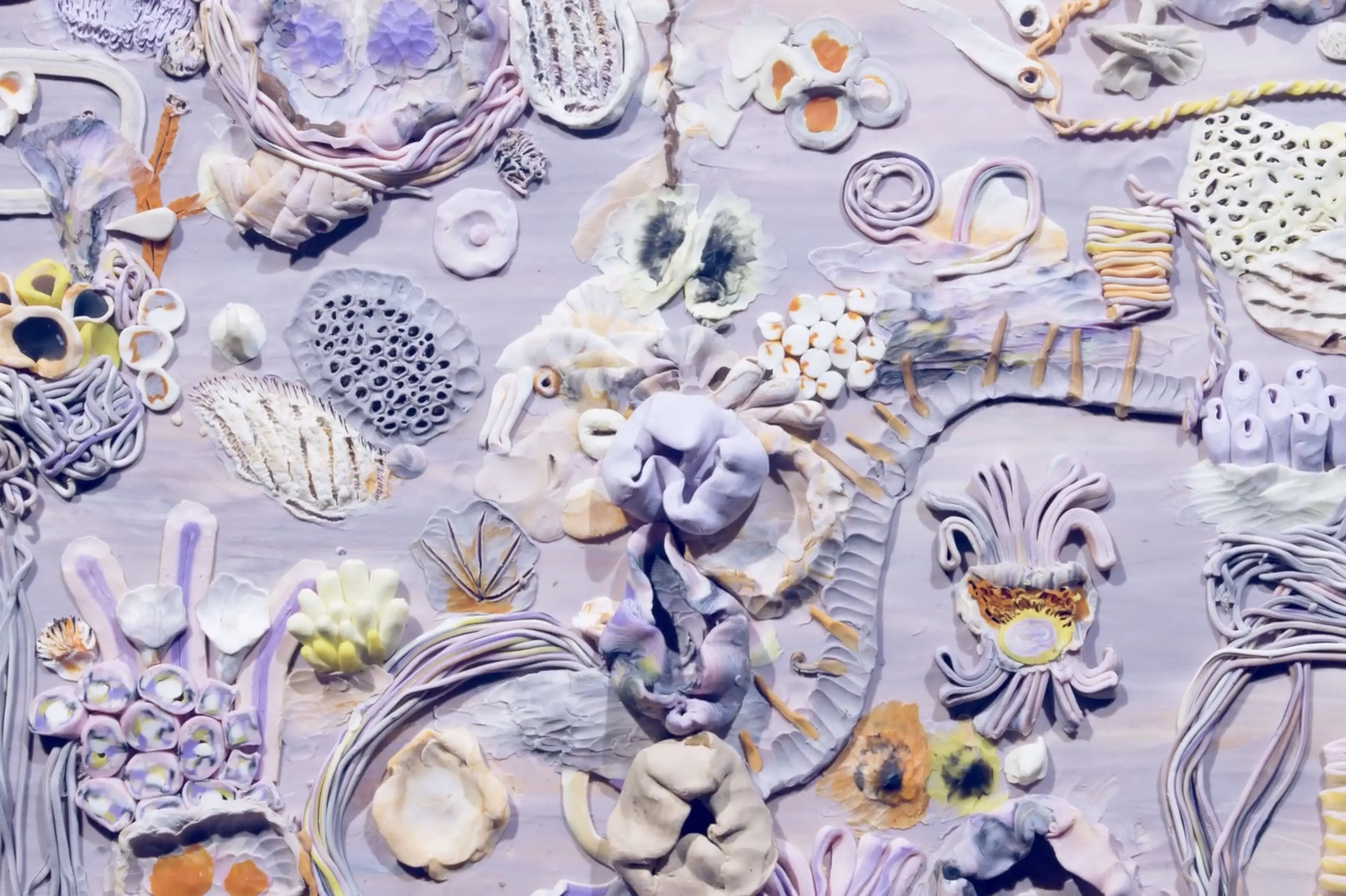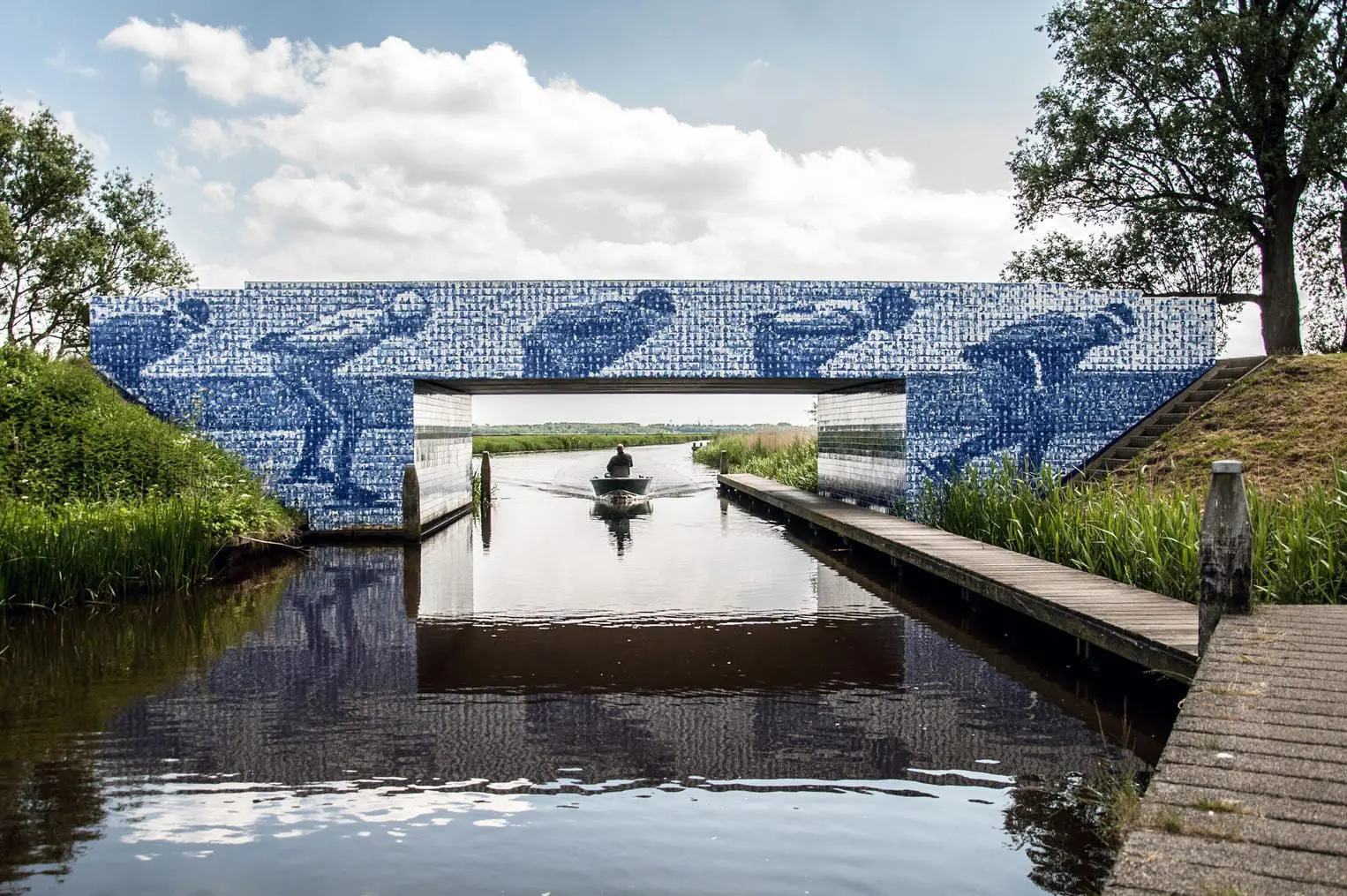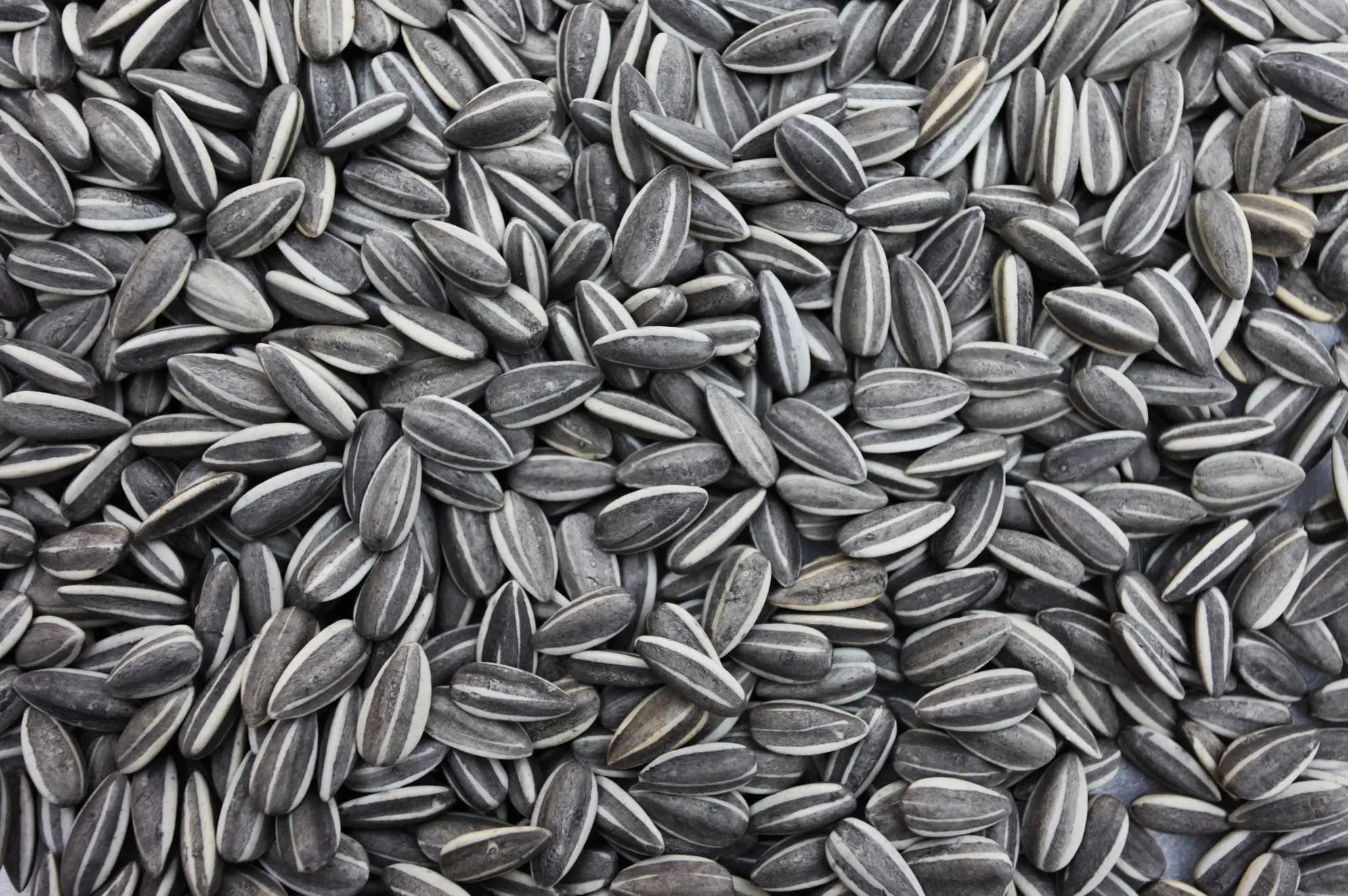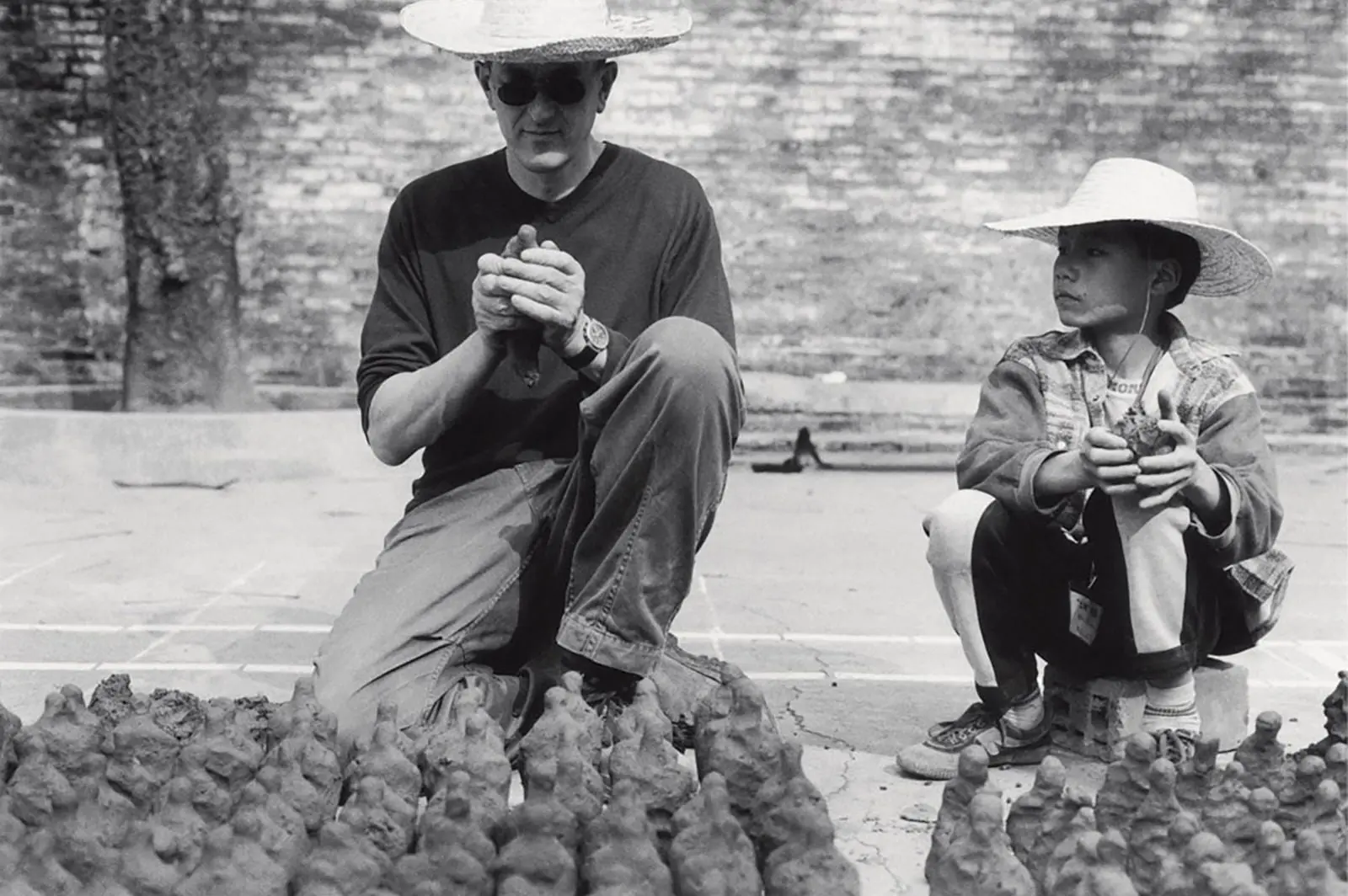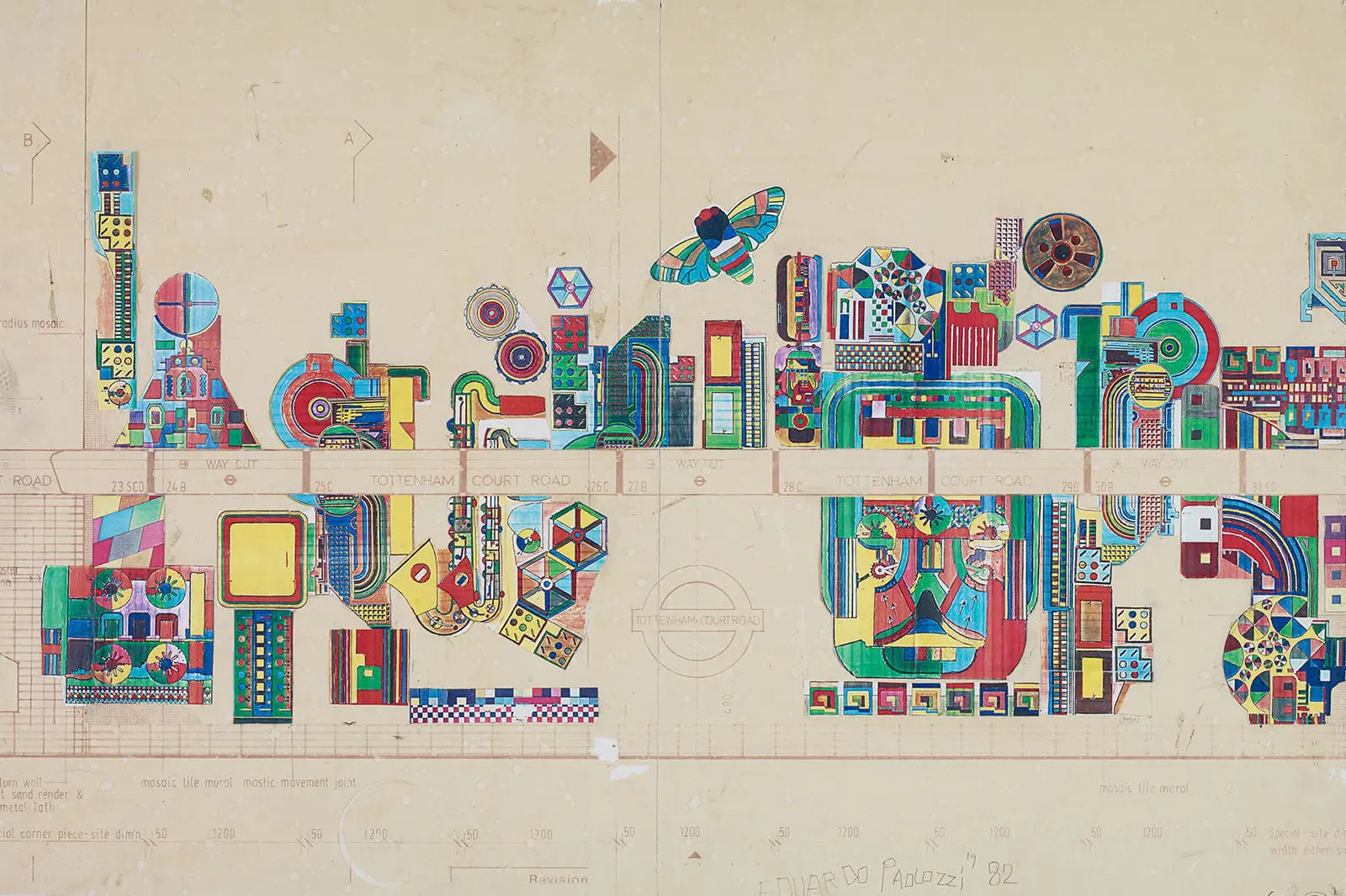British sculptor Antony Gormley’s presented his third solo show at Galleria Continua in Beijing. Body Buildings explores humanity’s complex relationship with the built environment, particularly in an urban world increasingly defined by verticality and high-rise structures. Through a recent series of sculptures and drawings, Gormley employs clay and iron, materials fundamental to architecture, as tools to reflect on how the body is felt and experienced within these conditions.
Photographic documentation, by Huang Shaoli, highlights the dialogue between the works and their surrounding architecture, both within the gallery and the city beyond. In Resting Place II, composed by 132 terracotta figures, geometric volumes trace the human figure within architectural boundaries, suggesting a reciprocal influence between bodily form and structural order. Rather than offering literal representations, these works function as spatial propositions, examining how the body occupies, resists, or conforms to the logic of construction.
Throughout his career, Gormley has been deeply engaged with the interplay between humans, landscapes, and built environments. While many of his figurative sculptures retain natural proportions and muscular details, he also pushes into abstraction, creating geometric forms informed by cubist and brutalist aesthetics. Despite their angularity and massiveness—qualities typically linked with concrete or steel—his pieces remain imbued with vitality and resonance, challenging the notion that rigidity and geometry equate to soullessness.
